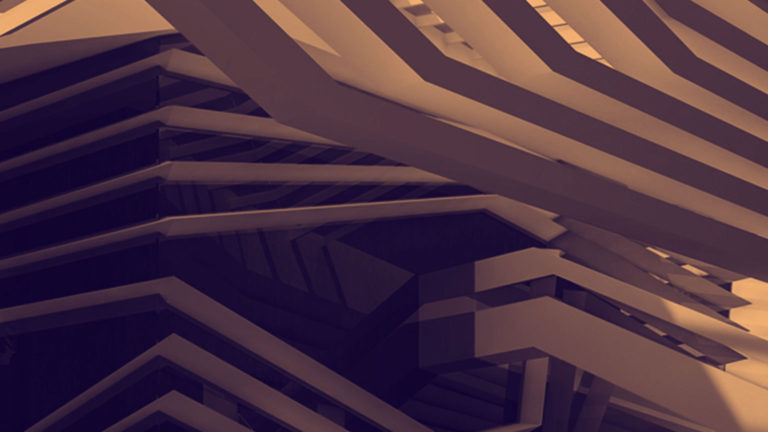
Out of the Covidian gloom, the international design competition with a digital spritz is emerging. An innovation that meets commissioning clients’ desires to survey and interact with the world’s architectural talent, it enables everyone to stay safe and well – and away from the airport.
Malcolm Reading Consultants (MRC) is now running design competitions for clients with digital collaboration.
The pandemic has accelerated an adaptation that was – in hindsight – already on its way. A growing awareness of the environmental damage caused by flying and accompanying flygskam, along with increasing familiarity with collaborative design software, were factors signalling a new digital model. A model that, it is rapidly becoming obvious, could significantly benefit both clients and architects.
Global crises aside, competitions remain the gold standard for procuring design excellence. At circa one per cent of a project’s capital cost, the design competition process offers the surest route to finding an outstanding design team and eventual success in the form of a realised architectural landmark.
Malcolm Reading, Chairman, says:
‘Clients are reluctant to lose time and momentum. The new ‘new’ may be living with this virus as best we can… but if the economy is to bounce back, there will be a need for transformative projects to get going swiftly and be run super-competently to re-energise institutions, cities and countries.
‘Design competitions are integral to the client’s preparation phase. They save future time by getting the right design team in place for the moment when the funds are released, the site secured, and the political and community consensus achieved.
‘Though many architects are driven to win, to launch themselves globally, it is also true that from their perspective, they can be daunted (quite reasonably) by the amount of time, travel and risk involved in a competition.
‘This new competition iteration is architect-friendly, reducing time and resources in travelling. It cuts to the chase: the creative connection between the studio, the project and the client.
‘What we’ve needed to look at is: how can we make key moments like site visits and design charrettes both digital and meaningful?’
MRC’s recent learning, with several digital competitions in play, is that both clients and design teams are adaptive, forward-thinking and willing to work with the technology.
But is it realistic to think an architect can design a building without visiting the site? Well, Utzon did. He had never visited Sydney before he won the competition to design the Opera House. Rather, he spent weeks poring over nautical maps and photographs, and the result was a building that is now considered synonymous with its place.
We recently ran a virtual briefing and site visit for an invited competition to design an educational campus. What did the client and a participating architect think?
The client’s view:
‘I enjoyed the experience and was impressed with how well-coordinated it was… timings were deft, considering the many moving parts. As an opportunity to get to know the five teams, and as a means of getting a sense of their potential offering, it worked really well.
‘I doubt very much that face-to-face would have provided much more and by doing it this way we all saved considerable time and money. I certainly gained all that I was expecting from the meetings.’
The architect’s view:
‘We thought the session was a great success given how many different time zones and participants took part.
‘General call quality was good so the information was clear via the screen sharing. Presentations were generally concise and informative.’

At present, MRC is using this approach for invited competitions, but it is just as applicable to open competitions. The reality for larger projects nowadays is that architects work in teams which are often geographically distant, sometimes across continents. Instead of one single hand/eye, there are multiple hands/eyes.
Over the past decade, technology has become more and more integrated into the design process as new ways of modelling space and form have been developed and the appetite for innovation has grown. Architects have learnt new techniques for collaboration, and the increased use of VR (to get a sense of street scale), drones and site-walk-videos make it possible for the whole team to understand the site and context, even if they weren’t physically present on a visit.
Digital charrettes can also be a valuable teaching tool and show architecture in practice. Architecture students can watch presentations live or recordings later; while participating teams can review their performance and share with others in their team for feedback.
And as far as juries go – the whole world is now absorbed in video-conferencing. Clients and architects are learning to be more sophisticated participants in organising technology, changing their expectations and psychology, and pacing themselves.
In our experience, top-flight jurors always love a challenge; they will need to subtly re-think their approach. Energy and time that was spent travelling and meeting physically needs to switch to relating digitally (having more warm-up discussions remotely to ‘click’ as a jury) and refining their understanding of the schemes.
But, ultimately, the quality of a jury’s scrutiny has always been rooted in the group’s ability to frame questions that uncover the teams’ concepts and approaches. In a digital context, it is becoming quickly apparent that pithy and focused interventions work better than conversational and discursive ones.
Is this simply a ‘purer’ version of what we have had before? Certainly, the digital platform reflects how the project will work, in the real, if the client employs an international architect. It allows clients to test responsiveness and chemistry online, but it is heavy on the mettle-testing: it is a form of communication that moves memorable content up and showmanship down.
Malcolm Reading says:
‘Over the past decade, we’ve upgraded our processes for seamless digital administration so feathering-in new technologies is a natural progression.
‘We are very positive about the future, post-pandemic. There has been huge suffering and sadness, but there has also been learning, ingenuity and problem-solving. In facing current challenges, there is a greater understanding of resilience and many emerging strategies on how to stay motivated and accept change that is out-with the usual.
‘Talent is always sought-after. Procurement rules for public funds, the best of which promote fairness and encourage emerging practices, are not going to evaporate overnight.
‘Throughout history, exemplary architecture has translated across cultures. A beautiful and high-functioning building is still much to be desired and is intrinsically sustainable, lasting lifetimes and inspiring upcoming and future generations.’

